Fuel tanker trailers, an essential component of the transportation industry, play a critical role in moving fuel safely and efficiently. The ability to manually open air valves is of paramount importance for ensuring proper pressure balance and preventing hazardous situations during fuel transfer. This article will delve into the intricacies of manually opening air valves on fuel tanker trailers, equipping operators with the skills and knowledge necessary for maintaining the integrity of their operations.
Understanding Air Valves in Fuel Tanker Trailers
Air valves serve multiple functions in fuel tanker trailers, primarily focusing on:
- Pressure Regulation: Maintaining stable pressure during loading and unloading.
- Vapor Recovery: Allowing air to escape or enter the tank to prevent vacuum or overpressure conditions.
- Safety Measures: Reducing the risk of fuel spills or explosive hazards.
Anatomy of an Air Valve System
An air valve system typically consists of several components, including:
| Component | Function |
|---|---|
| Main Valve | The primary control mechanism for airflow. |
| Pressure Relief Valve | Protects against excessive pressure buildup. |
| Vapor Valve | Facilitates safe vapor release during fuel transfer. |
| Actuators | Mechanisms to manually operate valves. |
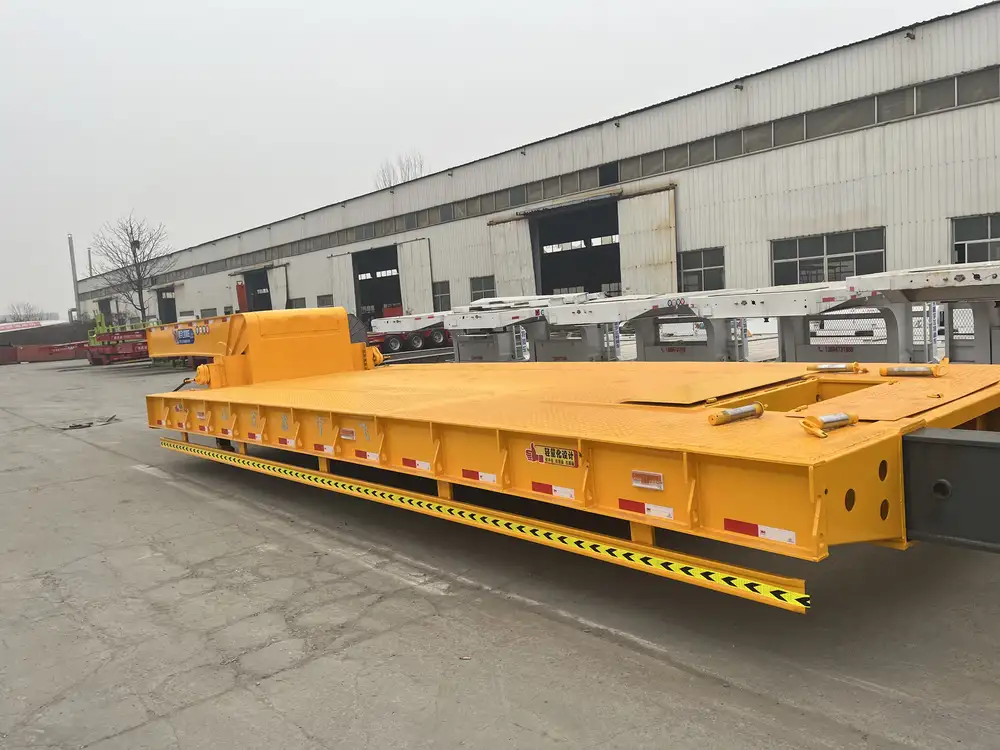
Safety Precautions Before Operating Air Valves
Before attempting to manually open air valves, it is crucial to adhere to safety protocols to minimize risks:
- Personal Protective Equipment (PPE): Always wear suitable PPE, including gloves, goggles, and protective clothing.
- Work Environment: Ensure the area is free from ignition sources and well-ventilated.
- Training: Only trained personnel should handle valve operations.
- Check Equipment: Inspect the air valve and associated components for any signs of wear or damage.
Checklist for Pre-Operation
| Item | Action |
|---|---|
| PPE | Ensure all protective gear is worn. |
| Valve Condition | Inspect for leaks or damage. |
| Environment | Confirm no explosive hazards nearby. |
| Training Credentials | Verify operator qualifications. |
Step-by-Step Process for Manually Opening Air Valves
The following detailed process outlines how to manually operate air valves on fuel tanker trailers effectively:
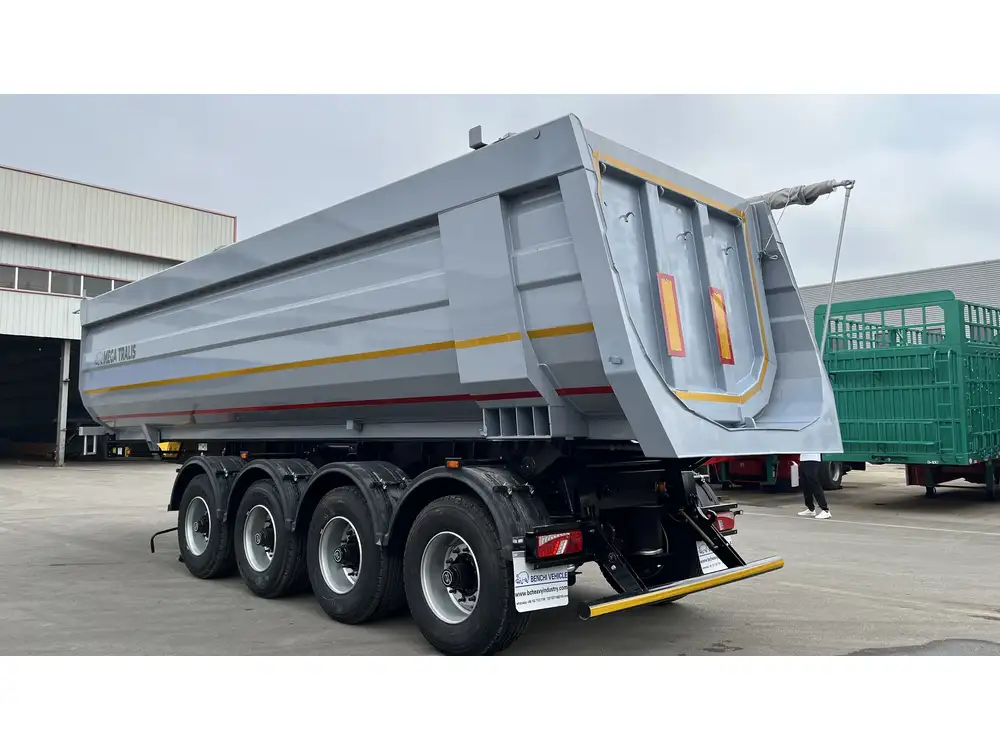
Step 1: Identify the Valve Location
Typically, air valves are located at the top or side of the tank. Refer to your vehicle’s operational manual to pinpoint the exact location.
Step 2: Prepare the Tooling
Depending on the valve design, you will require specific tools. The most common tools include:
- Wrenches: For loosening bolts attached to the valve assembly.
- Screwdrivers: Flat-head or Philips, depending on valve types.
- Valve Handles: To manually operate the valve mechanism.
Step 3: Disconnect Power Supply (if applicable)
Some modern fuel tankers might integrate automatic systems. Ensure all electronic controls are powered down before proceeding to avoid accidental activation.
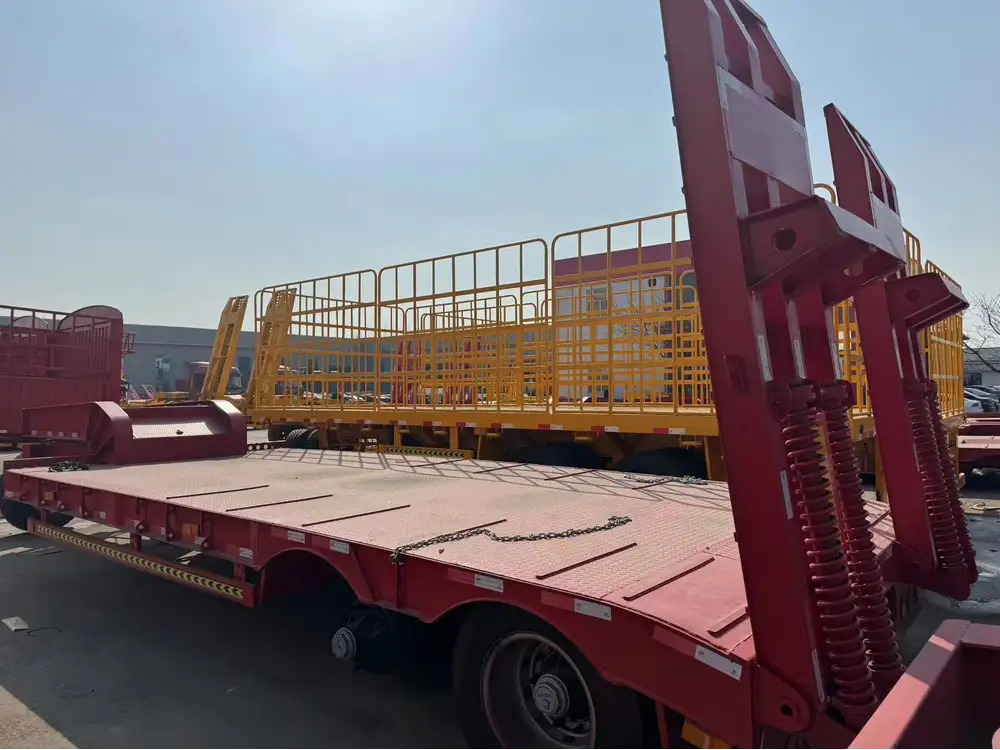
Step 4: Open the Access Panel
If your fuel tanker trailer has protective covers or access panels over the air valves, carefully remove them using the appropriate tool, ensuring to keep all screws and hardware secure for reassembly.
Step 5: Rotate the Valve Handle
Locate the manual operation lever or handle on the air valve. Turn the handle in accordance with the direction indicated (often marked with arrows) to open the valve. It’s essential to apply a steady amount of force—too much can damage the mechanism.
Step 6: Check for Air Release
As you open the valve, listen and observe for an air release sound, which indicates the valve is functioning properly. Watch for any excess dust or vapors that may escape; if witnessed, ensure you maintain a safe distance.
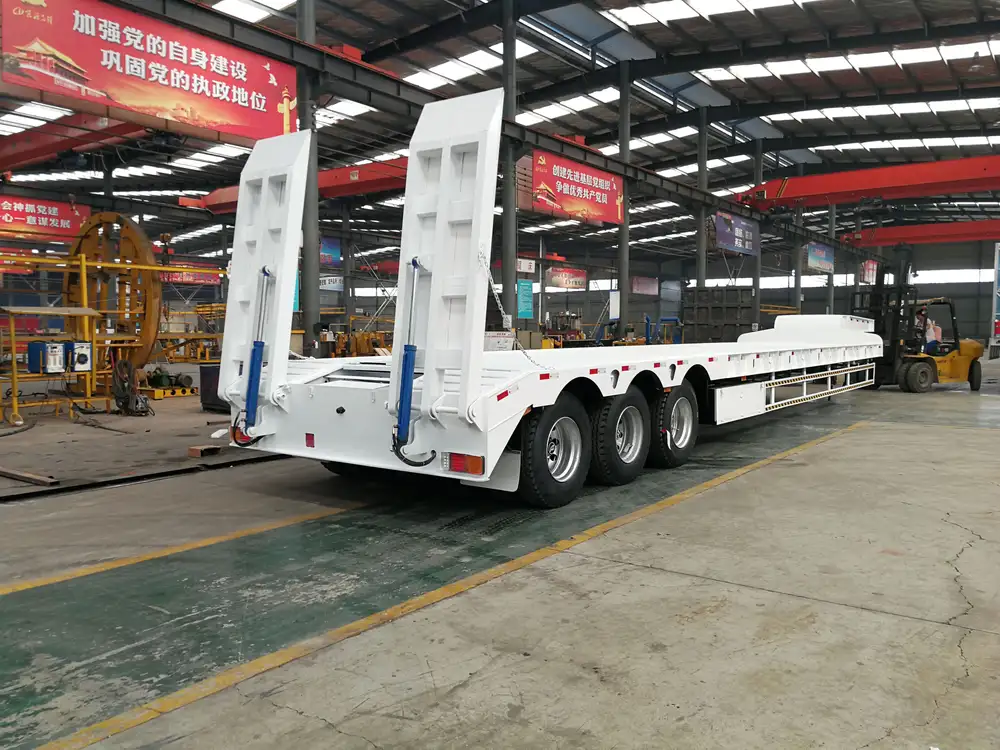
Step 7: Ensure Proper Functionality
After manually opening the valve, check the pressure gauge on your fuel tanker trailer to confirm it stabilizes within operational limits. If pressures remain abnormal, re-inspect the air valve for leaks or blockages.
Common Problems and Troubleshooting
Like any mechanical system, air valves may present issues. Here are potential problems and their resolutions:
1. Sticking Valves
Symptoms: Difficulty turning the valve handle.
Solutions:
- Inspect for debris or buildup around the valve.
- Apply appropriate lubricants or contact a professional maintenance crew.

2. Air Leaks
Symptoms: Audible hissing sound when valves are closed.
Solutions:
- Tighten all fittings and connections.
- Replace seals if they show wear.
3. Improper Pressure Regulation
Symptoms: Erratic gauge readings during operations.
Solutions:
- Test the pressure relief valve to ensure it opens at the correct threshold.
- Consider hydrating the system or consulting an expert if problems persist.
Maintenance Best Practices for Air Valves
Regular maintenance is a crucial aspect of prolonging the life of air valves on fuel tanker trailers. Implementing the following best practices can significantly reduce downtime:
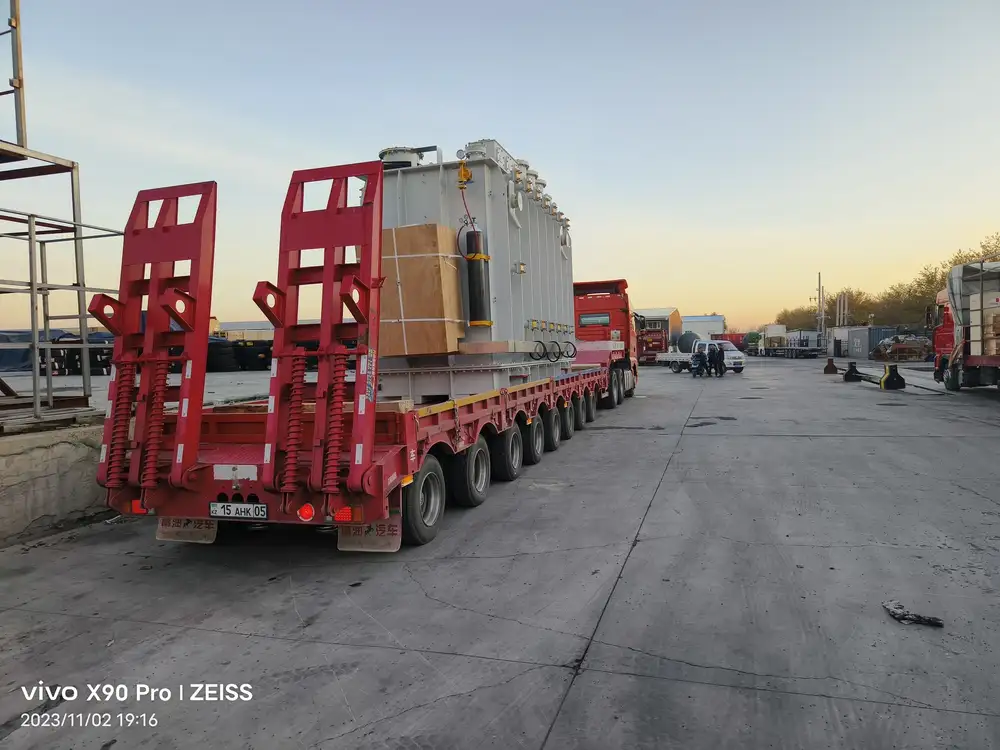
Scheduled Inspections
| Frequency | Actions |
|---|---|
| Monthly | Visual inspections, check for leaks. |
| Quarterly | Full functional testing of air valves. |
| Annually | Comprehensive overhaul and component replacement if necessary. |
Lubrication Protocols
- Use manufacturer-recommended lubricants.
- Apply lubricant around valve stems and moving parts as needed to ensure smooth operation.
Documentation
Always keep detailed maintenance logs to track inspections, repairs, replacements, and any adjustments made. This practice aids in spotting patterns in valve performance and assists with compliance in regulatory inspections.
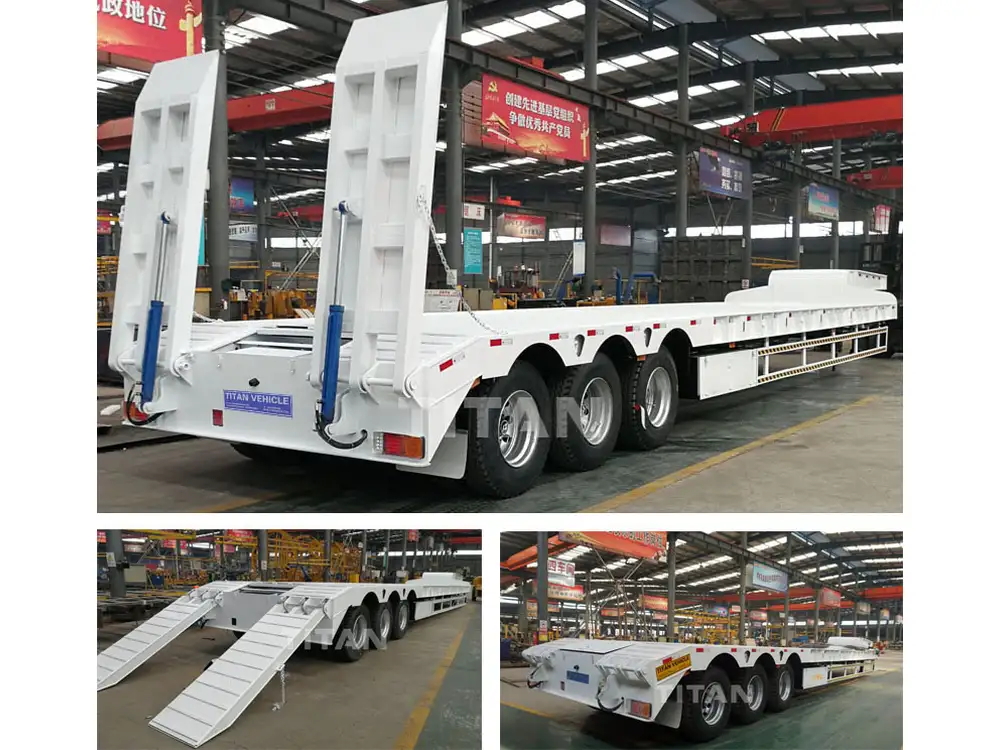
Conclusion
Understanding how to manually open air valves on fuel tanker trailers is a vital skill for operators within the transportation sector. By following the structured guidelines laid out in this article, you can ensure safe, reliable, and efficient operations. From mastering the manual operation to troubleshooting common issues and implementing best maintenance practices, this comprehensive guide equips you with the necessary tools to excel in your role. Remember, safety and diligence go hand in hand in this critical industry—never compromise on either.



